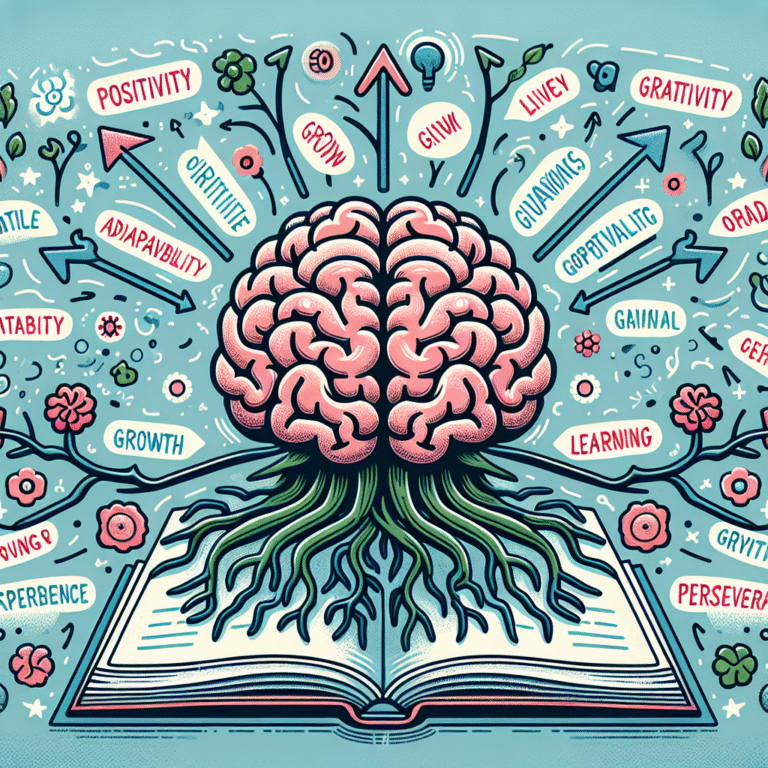
Introduction
In the evolving landscape of education, one topic remains both crucial and controversial: Intelligence Testing in Education: A Double-Edged Sword. With the ever-increasing push for data-driven decisions, educators and policymakers grapple with the effects of intelligence testing. It promises potential benefits but also unveils significant pitfalls that could hinder student growth. As we delve into this complex topic, we discover that intelligence testing can serve as both a tool for empowerment and a barrier to opportunity.
The Role of Intelligence Testing in Modern Education
What is Intelligence Testing?
Intelligence testing typically aims to quantify cognitive abilities, facilitated by standardized tests designed to measure a range of functions like reasoning, problem-solving, and understanding complex concepts. Historically, these tests aimed to identify gifted students, allocate resources effectively, and develop educational strategies tailored to students’ needs.
The Historical Context
The roots of intelligence testing date back to the early 20th century, with figures like Alfred Binet pioneering the first systematic intelligence assessment. Initially developed for children in France, intelligence tests quickly gained traction globally, laying the groundwork for modern educational practices. While the primary ambition was to identify students who required additional support or advanced challenges, the implications of these tests have evolved significantly over the decades.
The Current Landscape of Intelligence Testing in Education
Today, intelligence testing in education can surface in various forms, such as IQ tests, achievement tests, or standardized assessments. These tools can provide essential insights into student capabilities, but they also raise questions about equity and inclusiveness. As a double-edged sword, these assessments can either propel students toward success or inadvertently pigeonhole them based on outdated metrics.
The Benefits of Intelligence Testing
Identifying Learning Needs
One of the most significant benefits of intelligence testing in education is its ability to identify students’ unique learning needs. A well-administered test can reveal cognitive strengths and weaknesses, helping educators design targeted interventions. This method caters to learning differences, ensuring students receive the appropriate resources tailored for them.
Case Study: The Chicago Public Schools Initiative
In 2015, Chicago Public Schools implemented an intelligence testing initiative to enhance individualized learning plans for students. By employing various cognitive assessments, educators could identify students who needed extra support, enabling more personalized learning experiences. As a result, schools reported overall gains in student performance, demonstrating the potential of these assessments when used effectively.
Enhancing Curriculum Design
Intelligence tests can also inform curriculum design. By understanding cognitive levels, educators can create curricula that challenge advanced learners while offering essential support for those needing reinforcement. This dynamic approach fosters an inclusive learning environment, benefiting all students.
Data-Driven Decision Making
Another advantage of intelligence testing is its ability to provide actionable data that drives school policy decisions. By analyzing trends in student performance, administrators can allocate resources efficiently, implement targeted interventions, and measure the overall effectiveness of educational programs.
The Drawbacks of Intelligence Testing
Misinterpretation of Results
While intelligence testing promises benefits, it can also lead to harmful misinterpretations. Stakeholders may misconstrue a single test score as a child’s potential, leading to labeling and limiting opportunities. These labels can become self-fulfilling prophecies, hindering a student’s growth.
Case Study: The Labeling of Gifted Students in New York
In a New York school district, an exclusive focus on gifted programs based on intelligence testing led to a sharp decline in participation from diverse backgrounds. Many students were overlooked because of implicit biases in the testing process, limiting access to enriched learning opportunities. This case underscores the importance of contextualizing test scores rather than relying on them as the sole indicator of a child’s potential.
Socioeconomic Bias
Intelligence tests can perpetuate socio-economic biases, as test design can inadvertently favor students from more affluent backgrounds. Factors like language exposure and access to resources significantly impact test performance, raising questions about fairness and equity.
Anxiety and Stress
Intelligence testing can also introduce stress and anxiety that affects student performance. The pressure to score "high" can create a hostile atmosphere where students feel they must conform to arbitrary standards rather than pursue authentic learning.
Navigating the Double-Edged Sword
Balancing Assessment Methods
To fully utilize intelligence testing in education without exacerbating its pitfalls, schools must embrace a multifaceted approach to assessments. Combining quantitative intelligence tests with qualitative evaluations—such as portfolios, teacher observations, and peer assessments—can create a holistic understanding of a student’s abilities.
Training Educators
Investing in professional development for educators is essential. Training sessions on interpreting intelligence test results, understanding cultural biases, and implementing inclusive pedagogical strategies can enhance educators’ ability to cater to diverse learning needs effectively.
Inclusivity in Testing Design
As we explore Intelligence Testing in Education: A Double-Edged Sword, fostering inclusivity and equity in testing design is paramount. Equal access to preparatory resources, culturally sensitive testing materials, and diverse assessment methods can alleviate some biases inherent in traditional intelligence tests.
Conclusion: Future Directions in Intelligence Testing
Ultimately, Intelligence Testing in Education: A Double-Edged Sword has the potential to unlock the doors of possibility for many students. However, it can also close them just as quickly if not approached with care. As education continues to evolve, the key lies in balancing the strengths and pitfalls of intelligence testing, ensuring a rich, nuanced understanding of each student’s potential.
Fostering a supportive, inclusive educational system will empower both educators and students. As we embrace the data-driven era of intelligence testing, we must approach it as a tool for empowerment rather than a limiting factor.
FAQs
1. What is the purpose of intelligence testing in education?
Intelligence testing aims to measure cognitive abilities and identify students’ learning needs, enabling personalized educational strategies.
2. How can intelligence testing benefit my child?
Intelligence testing can help reveal your child’s strengths and weaknesses, allowing educators to provide targeted support and enrich their learning experience.
3. Are intelligence tests biased?
Many intelligence tests can reflect cultural and socio-economic biases. It’s crucial to use a variety of assessment methods to account for different learning backgrounds.
4. What should I do if my child receives a low score on an intelligence test?
A low score on an intelligence test does not define a child’s potential. Discuss results with educators to develop an individualized learning plan that supports growth.
5. How can schools ensure fair use of intelligence testing results?
Schools can ensure fair use by providing training for educators, embracing diverse assessments, and using test results in conjunction with other performance metrics.
In summary, as stakeholders navigate the complex waters of Intelligence Testing in Education: A Double-Edged Sword, collaboration, inclusivity, and a dedication to holistic student development will pave the way for a brighter, more equitable future.















